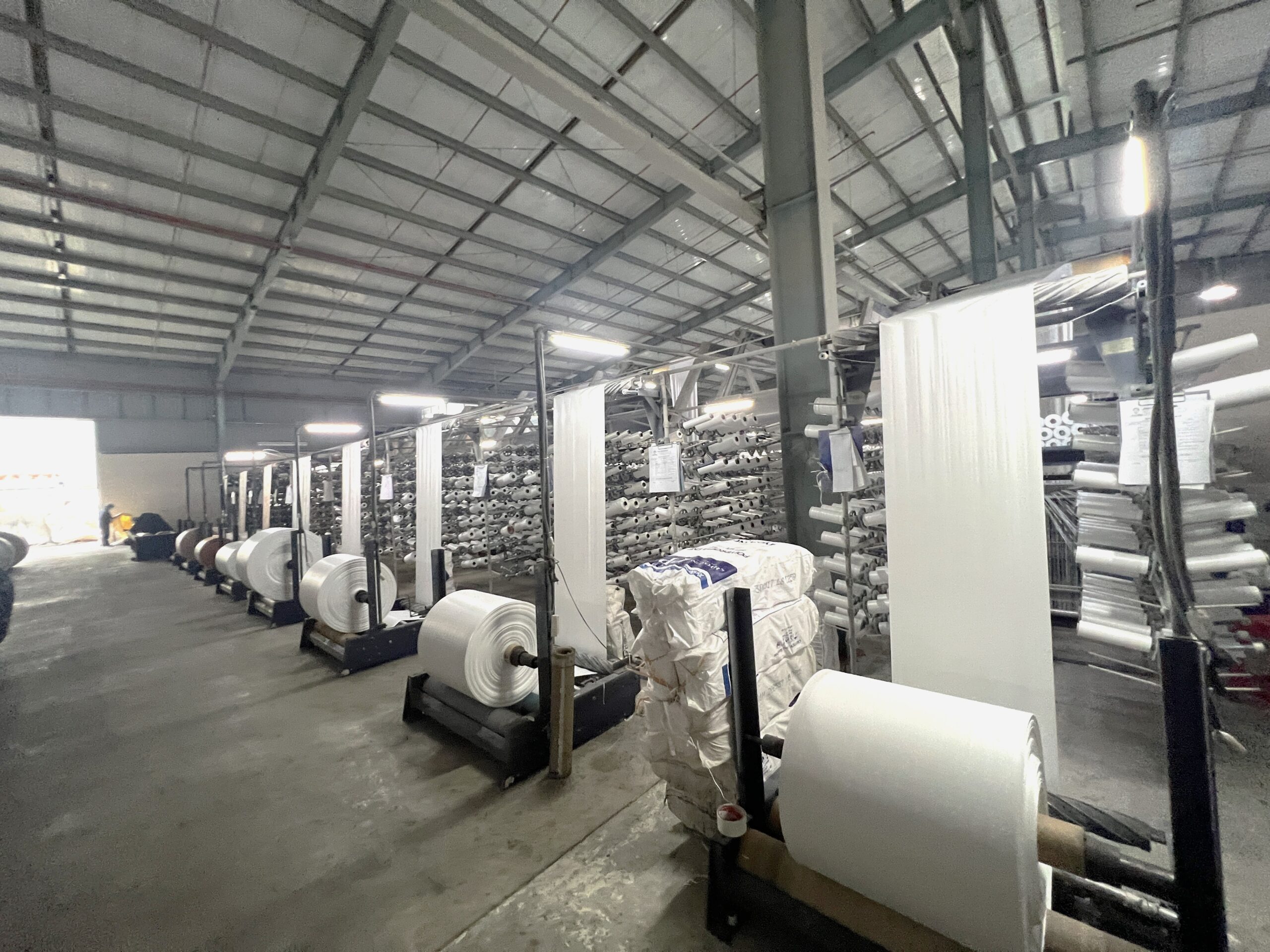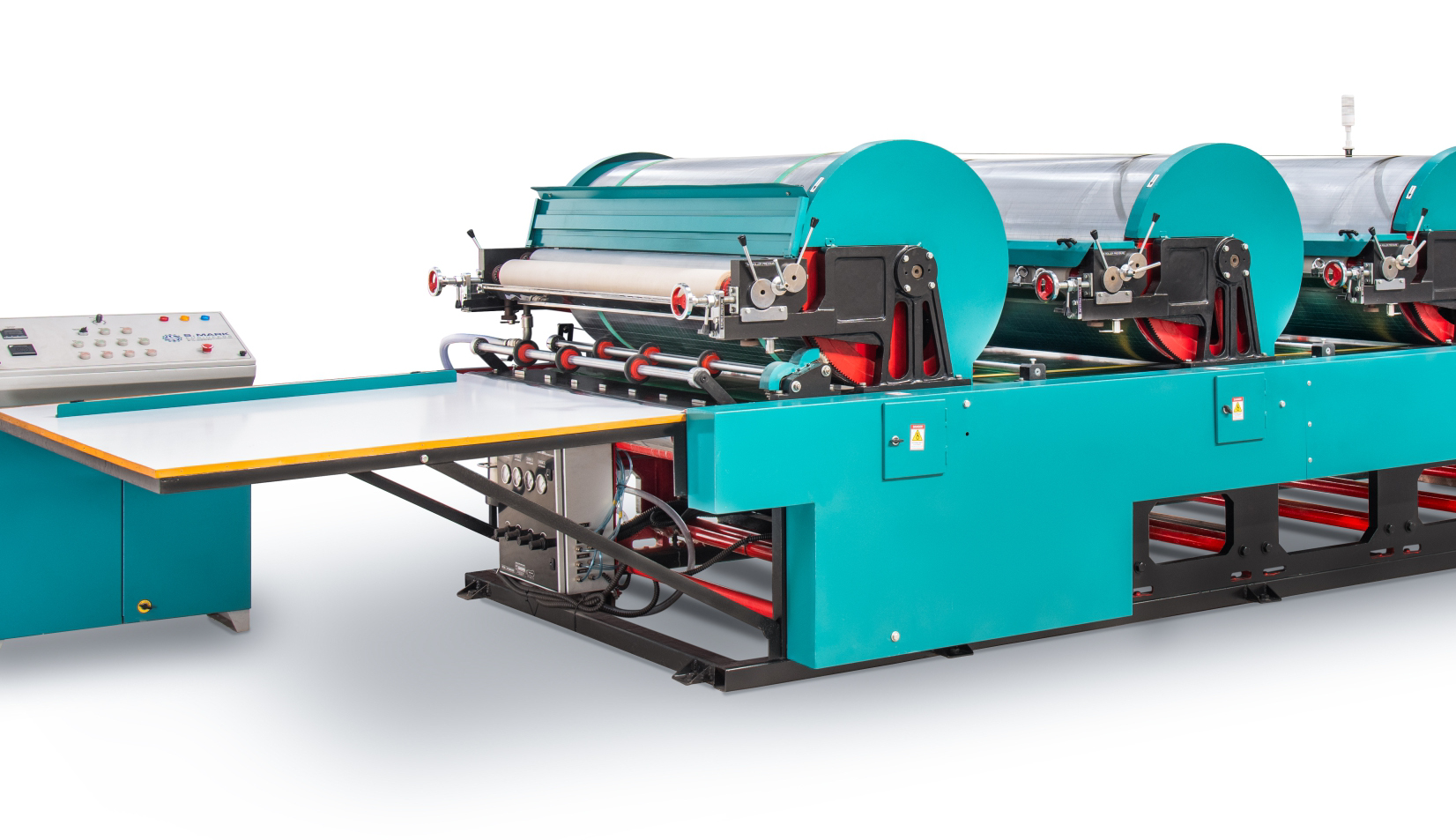The FIBC market is forecast to expand at 5.4% CAGR over the estimated period, as per FMI’s analysis. The industry’s size is predicted to reach a market value of US$ 7.5 billion in 2023.
The demand for food grade FIBC bulk bags is on the rise, notably impacting sales as these bags are increasingly sought after by food companies. Traditionally utilized in the chemical industry, FIBCs are now gaining traction in the food sector due to their suitability for commercial food operations.
Key attributes driving this surge in demand include their high load-carrying capacity, versatility, reusability, cost-effectiveness, and eco-friendly materials. FIBCs offer optimal protection for food products through features such as dust-proof seams and laminated fabric sides, guarding against moisture and maintaining product integrity.
Innovative bulk bags incorporating polyethylene, foil, and other lining materials are gaining popularity for their ability to shield food items from harsh environments, spillage, and damage. Furthermore, the ease of customization and quality printing options enable end users to establish their brands effectively and promote products with confidence.
Top Highlights from the FMI’s Analysis of the FIBC Market:
- The Europe region acquired a massive share of 32.4% in the FIBC industry in 2022. Regional growth is expected to continue exhibiting an upward trajectory in the coming years.
- In the overall FIBC industry, North America gained a 24.9% market share in 2022.
- The United States FIBC industry is forecast to garner more than 18.9% value share in the year 2023.
- The German market is expected to procure a value share surpassing 5.6%% in 2023.
- The Japanese FIBC industry is projected to obtain a value share exceeding 8.1% in 2023.
- The India FIBC industry is forecast to expand at a CAGR of 6.9% over the forecast period.
- The Chinese FIBC industry is projected to accelerate at a CAGR of 5.7% over the estimated period.
- The United Kingdom is anticipated to expand at a CAGR of 3.1% from 2023 to 2033.
- Based on capacity, the ‘above 750 kgs’ segments gained 55.5% market share in 2022.
- Based on end-use, chemicals, and fertilizers acquired a 41.1% value share in 2022.
Innovation Watch: Key Developments in the Market
- In May 2023, Packem Umasree commissioned a sustainable FIBC plant in Ahmedabad. This is the company’s first plant in India and is second to the one built in Brazil. The company manufactures 100% sustainable FIBCs or jumbo bags made of recycled PET. The Brazil unit of the company serves the local market, whereas the new plant in India is projected to cater to markets outside of Brazil. The company is expected to export a substantial proportion of the Ahmedabad plant’s output to Europe and North America.
- Global-Pak announced a new recycling program in September 2022. The corporation is working with PureCycle to process and recycle bulk bags. PureCycle deploys a solvent-based purification technology to process polypropylene waste into an extremely pure resin that can be constantly reused and recycled. One of the many products the company is interested in is used bulk bags.
Global FIBC Industry by Category
By Packaging Type:
- Q-bags
- Baffle Bags
- Circular Bags
- 6-panel
- Others
By Capacity:
- Upto 250 Kg
- 250 kgs – 750 Kgs
- Above 750 Kgs
By End User:
- Building & Construction
- Chemicals & Fertilizers
- Food Products & Agriculture
- Pharmaceuticals Products
- Mining
By Region:
- North America
- Latin America
- Europe
- Middle East and Africa
- East Asia
- South Asia
- Oceania



